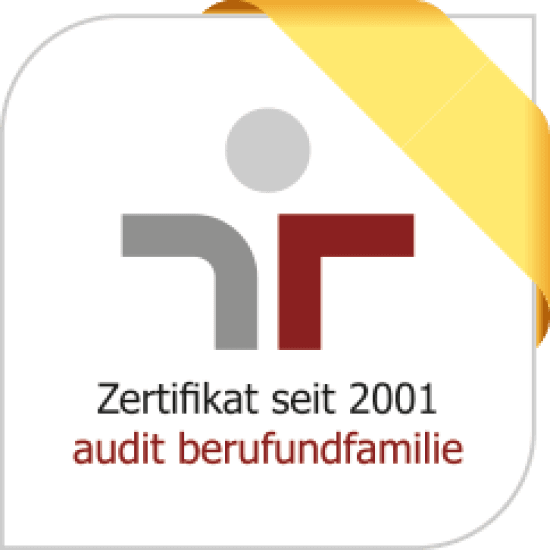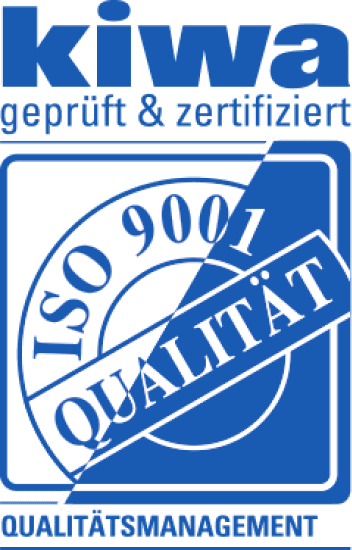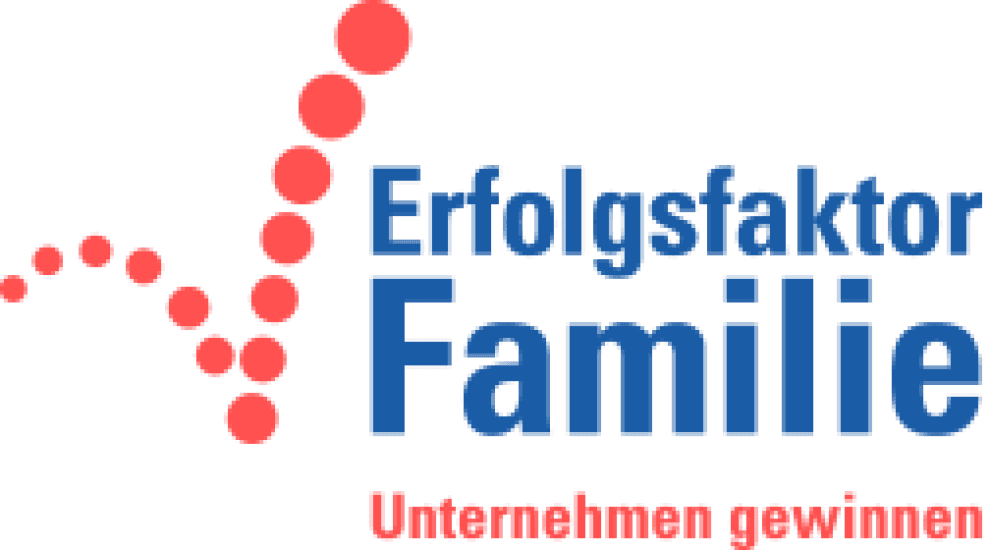CASE STUDY LVB
Book Demo
September 15, 2020
Measurable Success
Case Study of Leipziger Verkehrsbetriebe & AOK
With Mindance, Leipziger Verkehrsbetriebe (LVB) measurably improved the mental fitness and psychological health of their employees
5%
Reduction in sick leave days due to mental health conditions compared to the previous year
11%
Improvement in the Mindance<br/>Mental Health Score
ROI 1:6
Each euro invested in Mindance resulted in €6 saved
Since 2019, Leipziger Verkehrsbetriebe (LVB) has relied on MINDANCE to promote the mental fitness and psychological health of its employees — with measurable results:
- 5% reduction in sick leave days (AU days) due to mental illness compared to the previous year
- 11% improvement in the Mindance Mental Health Score (a health index measuring psychological well-being in the workplace)
- 6x return on investment for MINDANCE costs at LVB
- Reimbursement of costs by AOK PLUS through funding under SGB 5 §20b
After years of increasing sick days due to mental illness (in 2018, more than 14% increase compared to the previous year), LVB, together with MINDANCE and AOK PLUS, managed to reverse the trend. Sick days due to mental illness dropped by 5% in 2019. This success was driven by MINDANCE’s innovative concept, which combines digital and in-person measures to protect and improve mental health. Economically, the costs of MINDANCE paid off sixfold for LVB within just one year.
Growing demands in the workplace lead to increased mental stress and absenteeism
One of LVB’s biggest challenges is the growing mental strain caused by increasingly complex work processes and pressure from deadlines and performance expectations. Many employees experience this not only at work, but it also affects their personal time. “Based on employee interviews, we realized that bus and tram drivers in particular are under significant stress,” says Ronald Petzold, Head of Corporate Health Management. He sees preserving mental health as a key challenge not just for LVB, but for the German economy overall. Petzold refers to the AOK PLUS Health Report from 2017.
“Among the top 5 illnesses listed, mental and behavioral disorders ranked 5th in number of AU cases, but 2nd in terms of total sick days — and the trend is rising. This trend can be seen across the German economy. Just considering AOK PLUS-insured individuals, the economic cost for LVB at the time of analysis was around €1.6 million.”
This development is reflected in LVB’s own statistics. In 2018 alone, AU days due to mental illness increased by 14% over the previous year. To counter this, LVB set a goal in 2019 to implement effective measures for maintaining and enhancing employees’ mental health. Together with AOK PLUS and Mindance, a tailored concept was developed to integrate mental health promotion across the organization — aiming to sustainably improve mental well-being and engage as many employees as possible with a modern mix of digital and in-person formats.
Implementing Mindance for effective mental health promotion
As early as 2017, LVB established a systematic corporate health management (CHM) program to support a healthy work environment. Initially, traditional CHM efforts included workshops and seminars on topics such as stress prevention, resilience, and managing shift work. Despite positive feedback, results were not measurable due to low participation. Since health programs are voluntary, it’s difficult to engage a broader audience, Petzold explains.
Mindance combines app-based digital training programs with personal support from a psychological advisory team. This innovative approach ensures high engagement and sustained improvements in employee mental health. Results can be monitored in real time via a web-based dashboard. Mindance Measure enables transparent tracking and allows targeted action when engagement drops. This makes outcomes easy to measure. “We don’t implement measures without analysis and measurable goals,” says Petzold.
Implementation built upon previous needs assessments including health checks, employee surveys, and LVB’s internal health index. This enabled the creation of tailored strategies for different business units. Through information events, welcome packs, and a long-term communication strategy, about 10% of staff joined Mindance in the first year. Additionally, monthly workshops and online seminars are held focusing on mental health topics. Certified trainers lead sessions that help employees tackle everyday challenges and stay motivated. This also maintains consistent communication and allows new participants to join year-round.
11% improvement in the Mindance Mental Health Score
The Mindance Mental Health Score (MMHS) is a scientifically validated index that measures workplace psychological well-being. The survey can be completed via email or app and is used both for success tracking and to generate personalized training plans. Scores are calculated for individuals and company-wide, including by department. The recurring survey allows tracking changes over time.
The MMHS is based on three main scales: General Well-being, Absence of Negative Strain, and Functional Relationships — comprising 17 subscales. These include metrics such as job satisfaction, optimism, workload, and compassion.
Based on a baseline measurement and coordination with LVB's CHM lead, five key scales were defined for long-term mental health: Recovery, Stress Experience, Blame Attribution, Resilience, and Focus. Nine months later, an average improvement was measured in the MMHS. The biggest gain was in “Recovery” (+15.9%), reflecting how rested and energized employees felt. Other positive effects were seen in Stress Experience (−10%), Resilience (+9.4%), Focus (+9.3%), and Blame Attribution (−7.8%).

5% fewer AU days and a sixfold ROI on Mindance for LVB
LVB and Mindance believe that all employees benefit — not just in their work life, but beyond. This is also reflected in sick leave data: for the first time in years, AOK PLUS's 2019 report showed a 5% reduction in AU days due to mental illness.
When comparing Mindance implementation costs to savings from reduced AU days, the return was sixfold. This aligns with results from other studies (e.g., Deloitte, 2017). Further research is underway to determine how specific interventions contributed to this success.
Ronald Petzold is highly satisfied with the Mindance collaboration:
“All participants gave positive feedback. It really helped them — and measurably so! Mindance is innovative, modern, and scientifically grounded. Behind it are competent, kind people who are there when you need them.”
For the future, Petzold hopes for even more active users. “As with all health initiatives, it’s not easy to integrate them into daily life,” he explains. Especially with an average employee age of 47 at LVB, it’s a challenge to get people excited about an app. However, the unique blend of digital and analog formats offered by Mindance is helping address that challenge.
Looking ahead, Petzold is focusing on better communication about the app and its benefits to reach more employees:
“We need to win over the hearts of our employees! Once they see the benefits, they can incorporate the app into daily life and learn how to handle the complex mental stress in society, at work, and in their personal lives.”
To bring this vision to life, the partnership was extended for 2020 and 2021. The measures are now even more closely aligned with employee needs. The communication strategy has been refined, and the next step involves bringing LVB's leadership onboard as key advocates.





